Twin Screw Extruder
Kawise twin-screw extruder is suitable for a wide range of raw materials and can reliably process complex formulas with high viscosity, moisture, or fat content.
It is widely used in the production of pet food and aquatic feed, including dog food, cat food, and fish or shrimp feed. This machine is especially ideal for large-scale production or operations with high product quality requirements.

The extruder uses two co-rotating, intermeshing modular screws. Each screw consists of feeding, shearing, compressing, and expanding sections, which can be flexibly arranged based on the formula.
This structure makes it easy to adjust and ensures steady feeding and thorough processing.
During operation, the raw materials first go through the conditioner, where they are preheated and hydrated to support better cooking.
The conditioned material is steadily fed into the extrusion chamber. Driven by the twin screws, it undergoes high-temperature and high-pressure extrusion, shearing, and plasticizing for rapid cooking and expansion.
The molten material is then pushed through the die and cut into pellets by a high-speed cutter. The result is puffed, uniform pellets with a smooth surface.
To ensure stable operation and long service life, key components of the extruder have been optimized in both material selection and structural design:
Food-grade construction: The entire machine complies with food-grade standards. All parts in contact with raw materials are made from high-temperature and corrosion-resistant alloy. The extrusion barrel is constructed from high-strength steel for greater durability and stability.
High-precision screw design: The extruder uses a fully intermeshing screw structure, designed with 3D modeling and precision CNC machining. It ensures high assembly accuracy, smooth operation, and good part interchangeability.
Intelligent control system: The system is equipped with high-quality frequency converters and supports PLC communication. Each section, such as feeding, cutting, and the main drive, can be precisely controlled by variable frequency settings. It also supports PID regulation, RS485 communication, audible and visual alarms, interlock protection, and other advanced functions.
Maintenance-friendly structure: The design allows the screw and shaft to be removed without dismantling the barrel, making operation and maintenance more efficient.
High-precision gearbox: The gearbox is made of high-strength alloy steel and features an automatic lubrication system and precision bearings. A torque limiter improves reliability, helping to ensure stable operation, long service life, and reduced maintenance costs.
Efficient pre-conditioning: A single-layer conditioner is included to preheat and moisten the raw materials, improving the cooking effect. It can be upgraded to a double-layer conditioner for enhanced performance when required.
Video
Product Parameters
| Model | Capacity (kg/h) | Host Power (kw) |
| KPS65 | 100–150 | 45 |
| KPS70 | 180–260 | 45 |
| KPS75 | 300–500 | 75 |
| KPS80 | 600–800 | 90 |
| KPS90 | 1000–1500 | 110 |
FAQ?
What is the difference between twin-screw and single-screw extruders?
Twin-screw extruders handle high-fat, high-moisture, or complex formulas better. They produce uniform, well-expanded pellets and suit medium to large-scale production or applications with higher quality standards.
Single-screw models are simpler, ideal for basic formulas and small batches. They require less investment and are easier to operate.
(Learn more: Difference Between Single and Twin Screw Extruder)
Is an external steam boiler required for conditioning?
Yes. Steam needs to be supplied by an external boiler and delivered to the conditioner through a pipeline.
Is cleaning and maintenance easy?
Yes. The intermeshing screws push out most residue during operation. Before shutdown, run the machine empty or use a flushing material like cornmeal. This reduces the need for disassembly and makes cleaning easier, especially for continuous production.
How can I adjust the feed to float or sink?
Adjustments usually follow this order:
Moisture or steam → Screw speed → Pellet length and die backpressure → (if needed) formula or screw setup
To make floating feed: Ensure enough steam → Increase screw speed → Use dies with higher backpressure → Cut pellets shorter → Lower oil content slightly and raise starch
To make sinking or slow-sinking feed: Lower energy input or slightly increase moisture → Use dies with lower backpressure → Cut pellets longer → Increase oil or fiber content
Adjust one factor at a time and record pellet density, temperature, and current. Once tuned, feed characteristics remain stable.
 Online Contact
Online Contact Send Message
Send Message




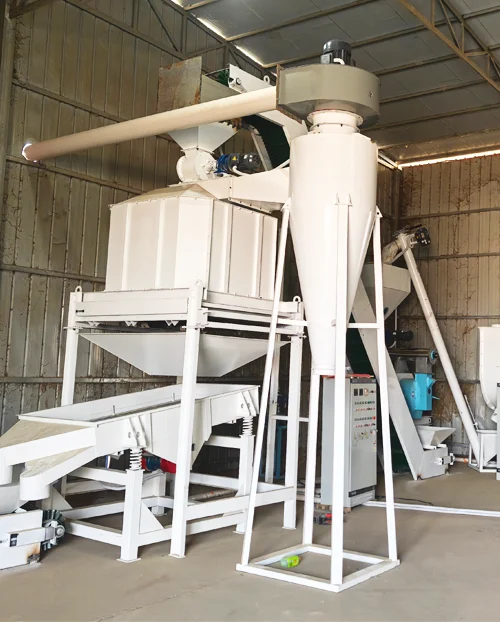
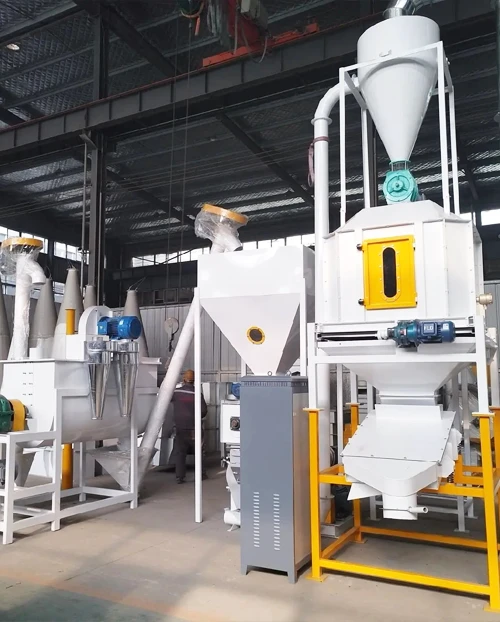
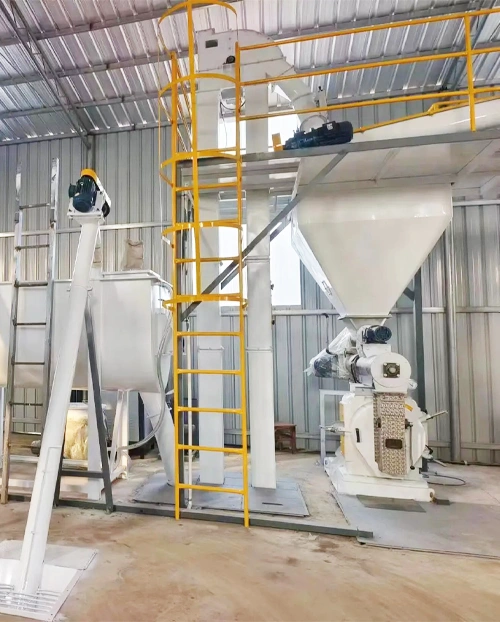
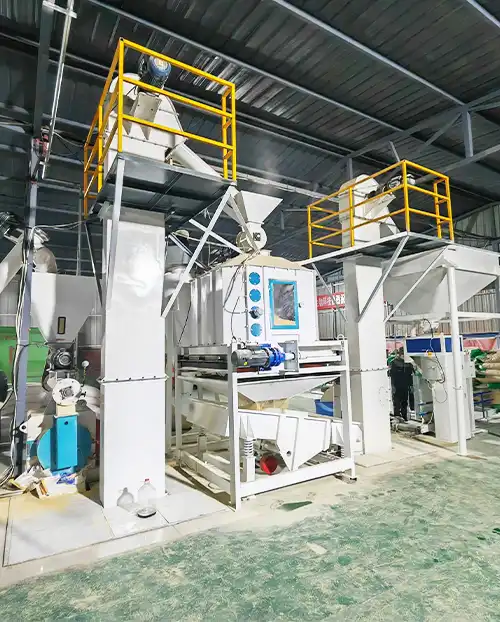
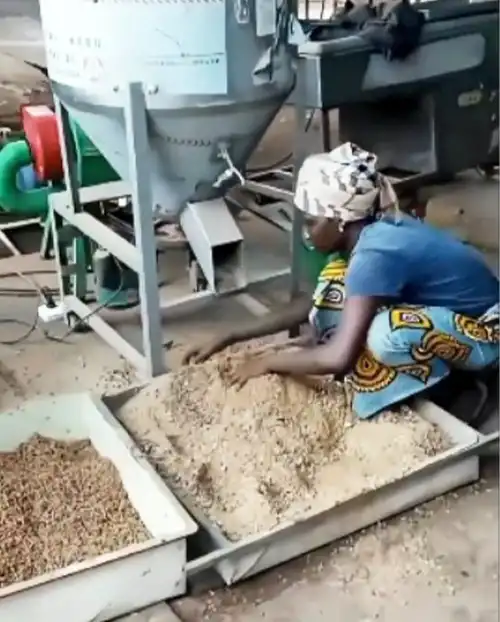
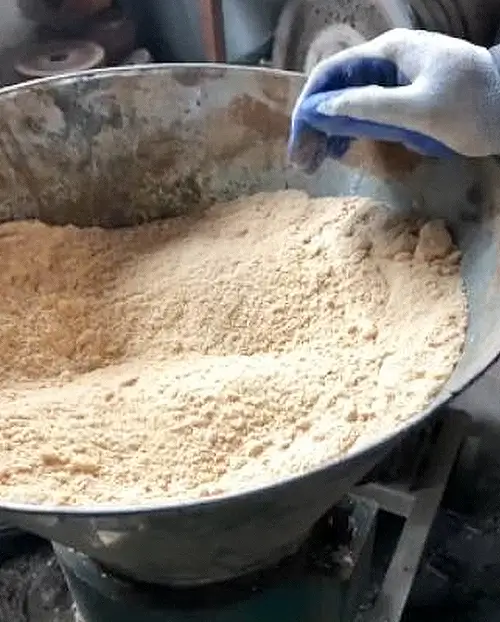


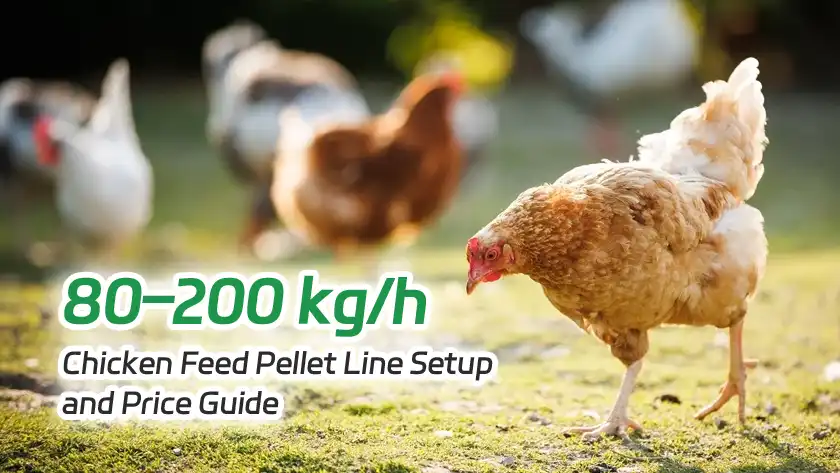
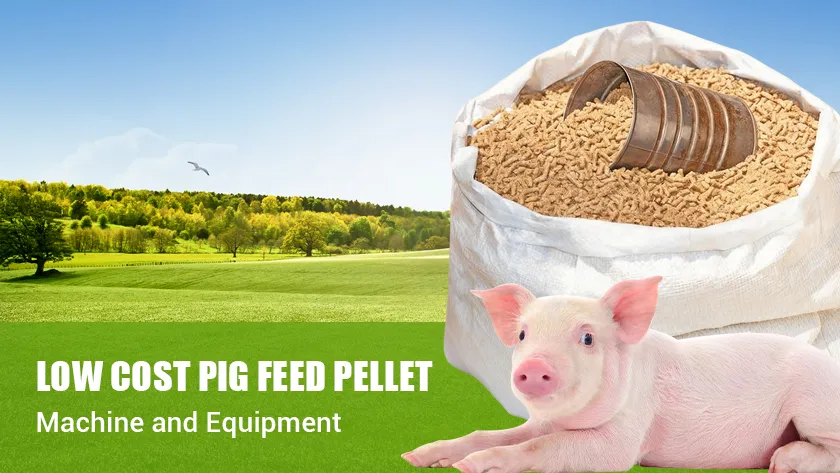
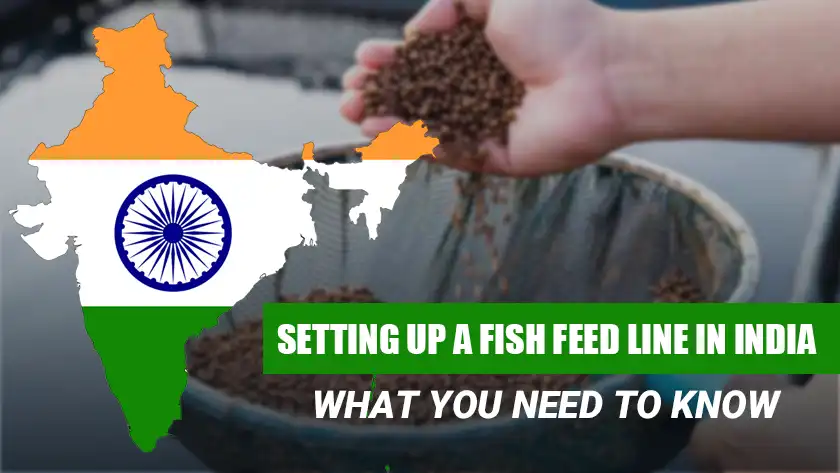

Need Some Help?
Contact us quickly and we will reply you within 24 hours. We will not disclose your information.